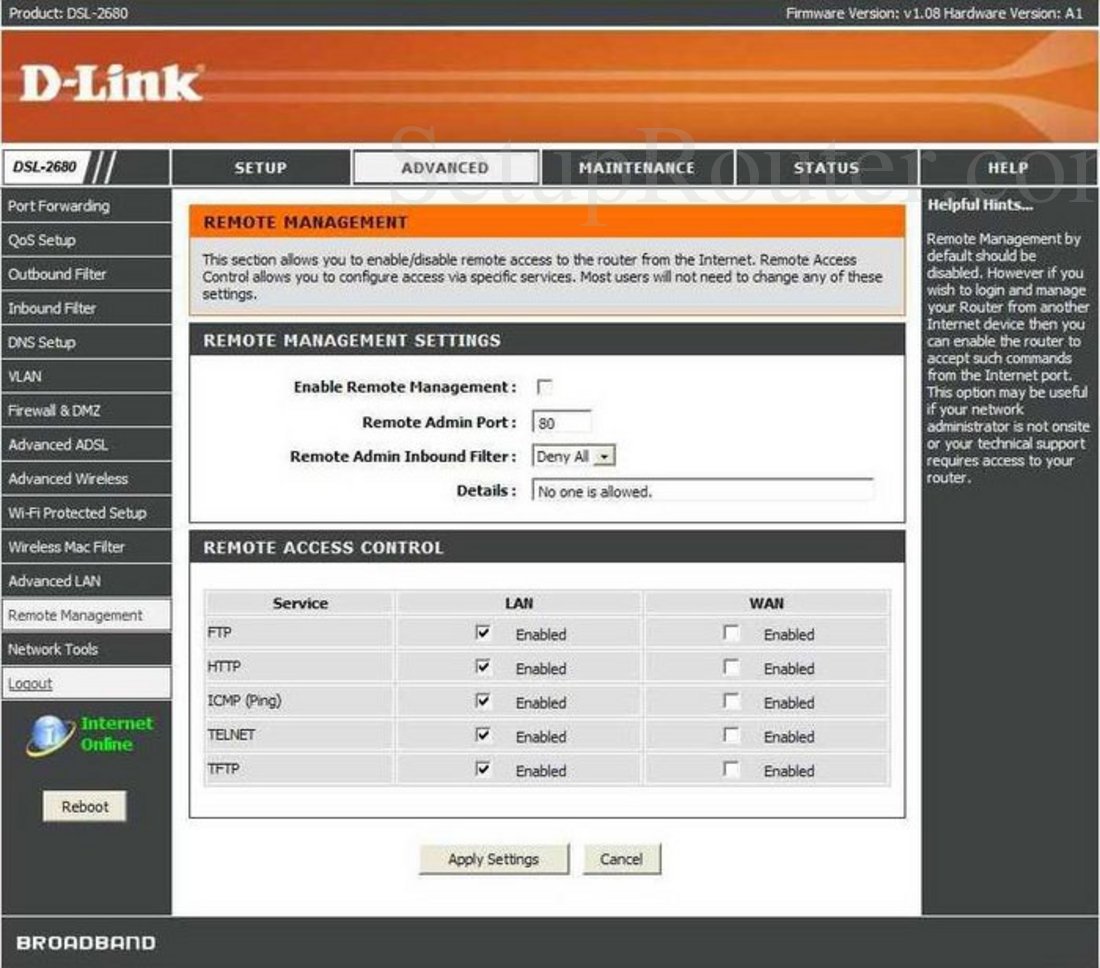

Apple has introduced managed apps functionality in macOS 11, bringing it in line with iOS and iPadOS management tools. Managing apps on Mac devices has been a challenge for IT admins – until now. As a result, they can manage the other devices connected to the controller through the MDM server. Unsurprisingly, this feature comes as a big relief for organizations that are looking to manage their Macs remotely.Īdmins can start using this feature with a single macOS machine as a controller enrolled in the same or local network. IT admins can now remotely wake, reboot, or shut down one or more Mac Pro computers even when they’re unresponsive.

The Lights Out Management feature is similar to the out-of-band management features Intel offers on its Intel vPro® devices. MacOS 11 will support Lights Out Management (LOM) on Mac Pro computers. Additionally, admins will now be able to supervise the installation of user-profiles via MDM. This will provide greater control over the Activation Lock and Bootstrap tokens and will allow admins to schedule software updates. As a result, with macOS 11, admins will have greater control over user-enrolled devices, similar to supervised devices or devices enrolled with Apple Business/School Manager. In macOS 11 Big Sur, Apple decided to consolidate both concepts. Consolidated Supervision and User-Approved MDMįor a very long time, admins had different levels of control over supervised devices versus user-approved devices. Enterprise Features of macOS Big Surįor the enterprise community, Apple has added a number of features that enhance security and improve the manageability of Macs in the enterprise. In terms of loading speed, Apple is confident that Safari 14 is capable of outperforming other browsers such as Google Chrome by an average of 50 percent. The latest version of Safari, Safari 14, will include a slew of new features such as a customizable start page, powerful tabs, built-in translation, and a new Privacy Report option. Safari, the default browser on Apple devices, will get a big makeover in Big Sur. Let’s look at some of the major features that this update has to offer. Hence, it’s not surprising that Mac users have been patiently waiting for its official release since the public beta version launched in June 2020. Big Sur is one of the biggest macOS updates ever and focuses on enhancing enterprise security.

Apple announced macOS Big Sur, the latest update of its desktop operating system, at the Apple Worldwide Developers Conference (WWDC) on June 22, 2020.


 0 kommentar(er)
0 kommentar(er)
